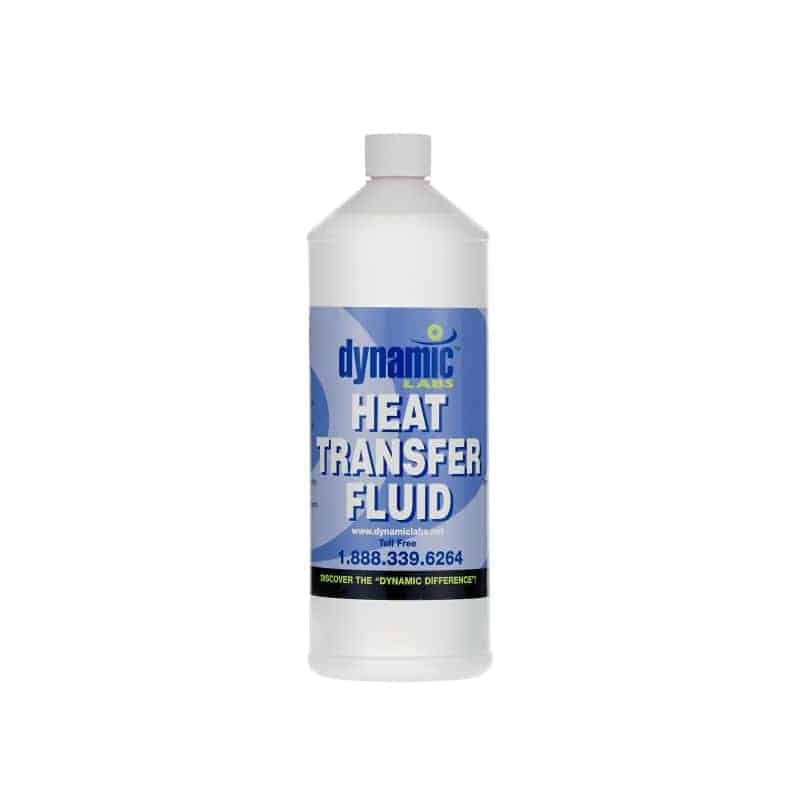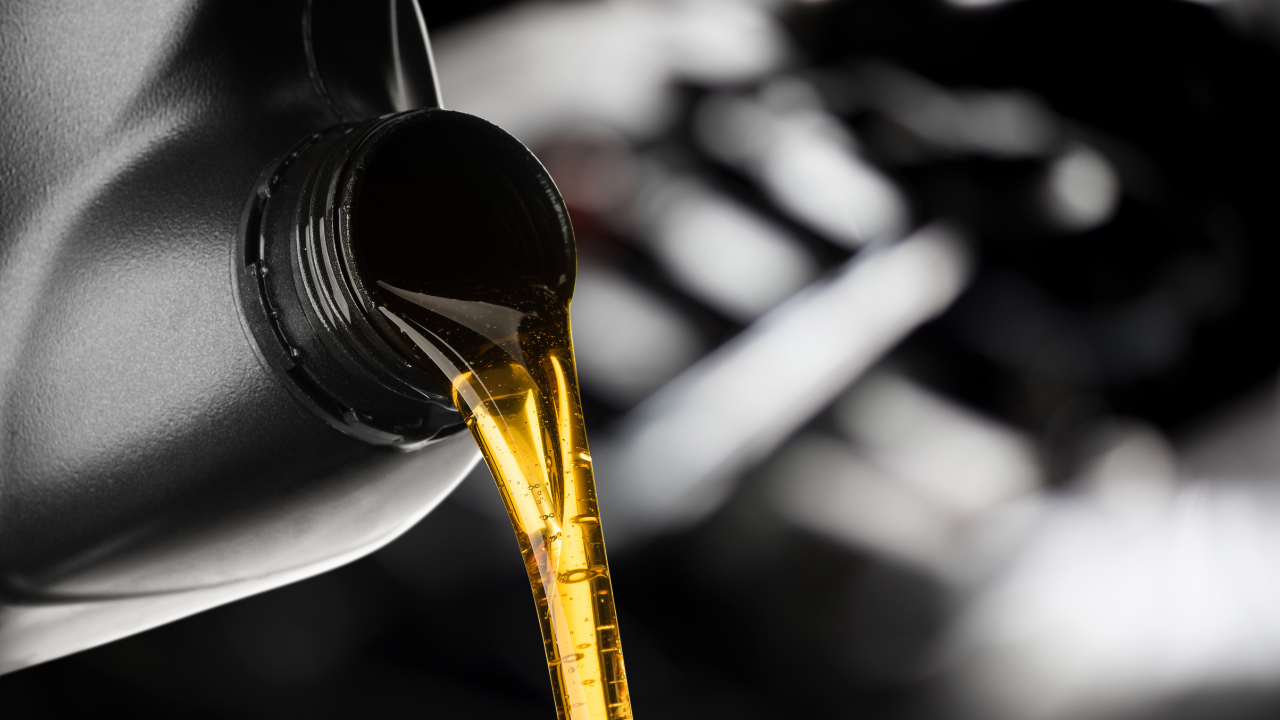Propylene Glycol as a Heat Transfer Fluid: Why It's Efficient for Low-Temperature Systems
Propylene Glycol as a Heat Transfer Fluid: Why It's Efficient for Low-Temperature Systems
Blog Article
Maximize Your System's Lifespan With the Right Heat Transfer Fluid
Selecting the ideal heat transfer fluid is important for enhancing system efficiency and durability. Understanding the different kinds of heat transfer liquids and the details demands of your application can significantly affect the general wellness of your system.
Importance of Heat Transfer Fluids

Moreover, warm transfer liquids add to the security and integrity of thermal systems. They help keep optimum operating temperature levels, therefore lessening the risk of overheating and tools failure. This is especially crucial in environments where specific temperature level control is vital. Furthermore, the right warm transfer liquid can offer security versus deterioration and scaling, more expanding the lifespan of machinery and infrastructure.
Types of Heat Transfer Fluids
Numerous kinds of warm transfer liquids are frequently utilized in commercial applications, each customized to details operational demands and temperature level arrays. The most prevalent groups consist of water, oils, and specialized synthetic liquids.
Water is typically utilized due to its excellent thermal conductivity and accessibility; nonetheless, its restrictions develop at heats and potential freezing problems. For higher temperature level applications, thermal oils, such as mineral oils or organic compounds, are used. These oils provide superior thermal security and can operate properly at elevated temperatures, making them appropriate for procedures like food processing and petrochemical manufacturing.
Synthetic fluids, which can be either inorganic or natural, are designed to fulfill particular efficiency requirements. They frequently show improved properties such as low toxicity, broad temperature arrays, and resistance to oxidation. Examples include glycols and esters, which are optimal for specialized applications like solar thermal systems and warm exchangers.
Furthermore, cooling agents are used in cooling systems, leveraging their phase adjustment homes to release and take in warm effectively. Each type of warmth transfer fluid is and presents distinct advantages chosen based on the particular needs of the application, ensuring optimum performance and system long life.
Variables to Take Into Consideration When Picking
Selecting the suitable warm transfer liquid involves careful consideration of a number of variables to make sure optimal performance and system efficiency. Among the primary elements is the temperature array required for the system. Fluids vary in their thermal stability and can lose or break down effectiveness outside details temperature level limitations.
One more vital factor to consider is the liquid's thickness, as it affects pump efficiency and power intake. A liquid that is too thick might hinder blood circulation and rise functional prices. Furthermore, the fluid's certain warm capacity plays a vital function in figuring out how efficiently it can move warm.
Chemical compatibility with system news products is likewise necessary to protect against corrosion, destruction, or leaks - thermal oil. Making certain that the chosen fluid is compatible with the building and construction materials can prolong the lifespan of the system

Advantages of Appropriate Fluid Choice
Appropriate choice of a warmth transfer liquid yields considerable benefits for system performance and reliability. The appropriate liquid enhances thermal conductivity, making sure ideal heat transfer prices within the system. This efficiency minimizes power consumption, bring about reduced operational costs and a minimized environmental footprint.
Additionally, proper liquid choice contributes to system longevity by stopping corrosion and next page destruction of elements. Fluids developed with deterioration inhibitors safeguard metal surface areas, therefore prolonging the life expectancy of pumps, pipelines, and heat exchangers. Additionally, choosing a liquid with suitable thickness ensures efficient blood circulation, which is essential for maintaining consistent temperature level distribution throughout the system.
Another vital advantage is the fluid's thermal stability. A secure warmth transfer fluid can operate over a broad temperature level array without damaging down or losing efficiency, which is vital for systems revealed to rising and fall thermal conditions. Additionally, the appropriate fluid can likewise mitigate risks related to cold or boiling, thereby stopping functional disruptions.
Upkeep Tips for Durability
Guaranteeing the longevity of a warm transfer system needs diligent upkeep practices that match the advantages of proper fluid choice. Regular inspections are necessary to determine prospective leakages, rust, or debris build-up that could jeopardize system efficiency. Develop a routine timetable to examine pipe stability, connections, and installations, as these locations are often susceptible to put on and tear.

Keeping track of liquid levels and top quality is equally important. Frequently look for indicators of contamination, such as discoloration or particulate matter, which can show deterioration of the warm transfer liquid. Carrying out periodic liquid evaluation can provide insights right into its chemical buildings, allowing for timely substitutes when necessary.
Additionally, preserving optimum operating temperature levels is essential. Urge making use of temperature controls and sensing units to prevent getting too hot, which can speed up fluid degradation and damage system elements.
Finally, constantly follow the supplier's guidelines pertaining to liquid replacement periods and upkeep methods. By devoting to these ideal methods, you can considerably improve the functional life-span of your warm transfer system, making certain dependable efficiency and lowering the requirement for costly repair work or early substitutes.
Verdict
In verdict, the choice Source of a suitable warmth transfer fluid is important for boosting system performance and long life. By understanding the numerous kinds of liquids and taking into consideration vital elements such as thermal conductivity and rust resistance, optimum performance can be accomplished. In addition, routine maintenance and assessments play a crucial function in sustaining operating conditions. Focusing on these aspects makes sure the extended life-span of crucial components, inevitably adding to a more reputable and effective system.
Warm transfer liquids play a critical role in different commercial and industrial applications by facilitating the effective transfer of heat between surface areas.Furthermore, warm transfer liquids contribute to the safety and security and reliability of thermal systems. Furthermore, the fluid's specific heat ability plays an essential function in establishing how properly it can transfer warmth.
The ideal fluid improves thermal conductivity, making sure optimum warm transfer rates within the system. A stable heat transfer liquid can operate over a vast temperature level range without damaging down or shedding performance, which is essential for systems exposed to changing thermal problems.
Report this page